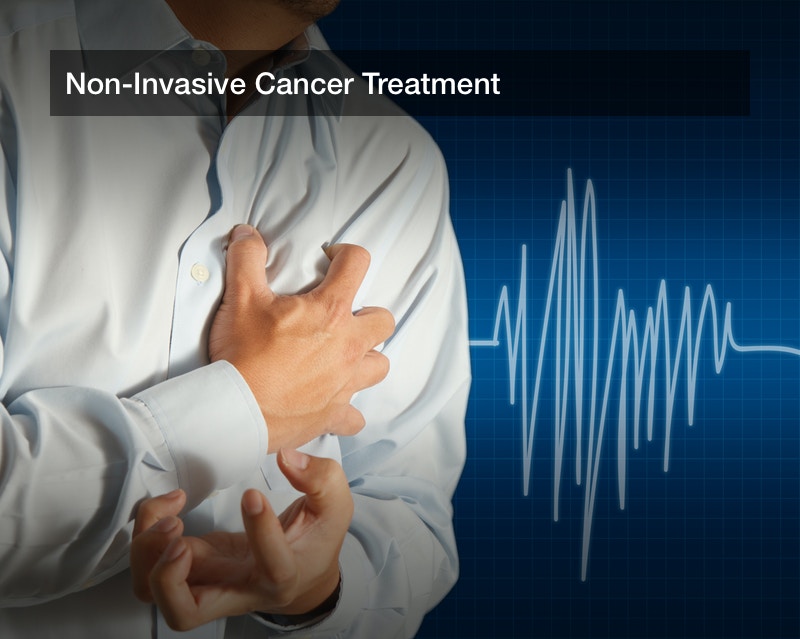
If you have cancer, you know the hardships and difficulties it brings into your life, and one of its worst consequences is the treatment to combat it. Chemotherapy and its counterparts are rough on the body, leaving patients weak and sick for long periods of time. If you’re dealing with this issue, it can’t hurt to at least know the advanced cancer treatment options available to you to decide accordingly. The primary option that this article will describe is a non-invasive cancer treatment called proton therapy. Proton therapy and similar methods are on the rise, with over 30 worldwide particle therapy centers, totaling about 80 treatment rooms, were under construction in the beginning of 2015. So, what is all the craze about?
Proton therapy uses proton beam radiation to target a specific point in the affected tissue and stops there instead of continuing on to unaffected areas. The process only takes 15 to 45 minutes, with only a minute or two spent delivering the radiation. In comparison to conventional radiation for breast cancer care, it eliminates heart radiation entirely and lung radiation by 50 percent due to the radiation being focused and not spread. Not only breast cancer treatment patients will benefit, though, as men treated with this non-invasive cancer treatment for prostate cancer also show signs of healthier recovery. Low, intermediate, and high-risk cancer patients experience, respectively, 99, 94, and 74 percent chances of their cancer being cured according to five years of follow-up visits. Not only will treating prostate cancer with proton therapy increase chances of curing it, but it will also highly decrease the chance of impotence, a common side effect of many methods. 94 percent of men having undergone proton therapy report that they remain sexually active afterwards. In addition to prostate cancer, cancers in the gastrointestinal area also show 59 percent radiation reduction when using this non-invasive cancer treatment compared to X-ray technology.
Another common disease that benefits from non-invasive cancer treatment is brain cancer. About 23,800 adults and 4,830 children are diagnosed with brain and spinal cord cancerous tumors each year, the majority of which are brain. 15 percent of these tumors are glioblastomas. When treating brain cancer, it is more imperative than ever to avoid excess radiaton, and proton therapy for brain cancer helps alleviate that concern.
If you or someone you know is considering options for your cancer treatment, we hope this article at the very least gave some helpful knowledge. It can only benefit to research, study, and eventually find the treatment that’s right. Luckily, medical science is on your side and constantly updating its methods of treatment. Even if you don’t have cancer, or know someone who does, knowledge is always good to have when it comes to health.
